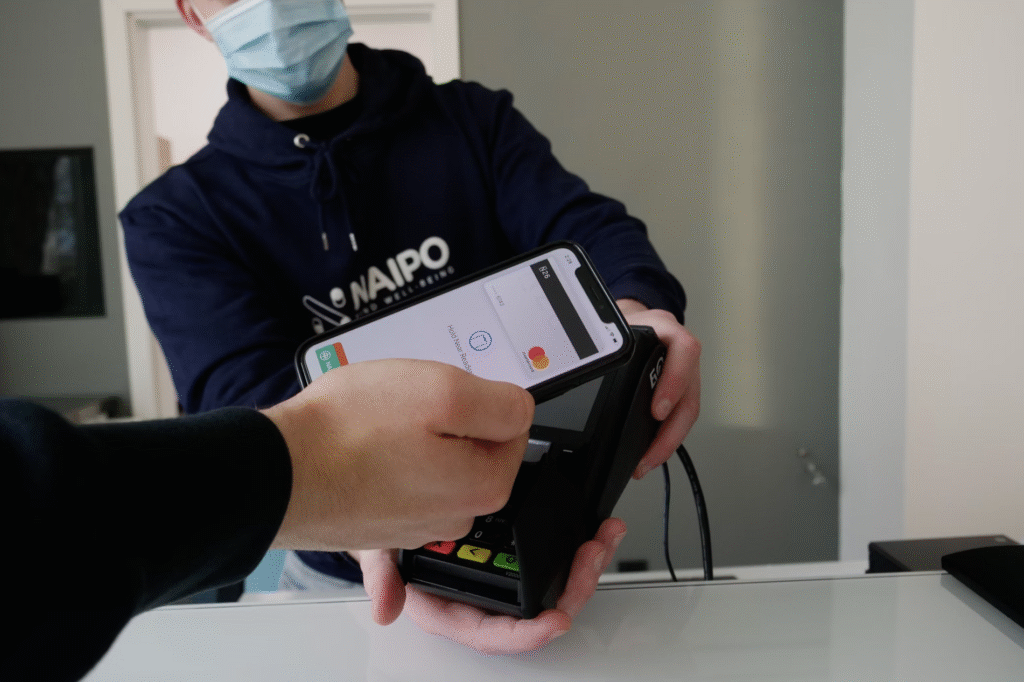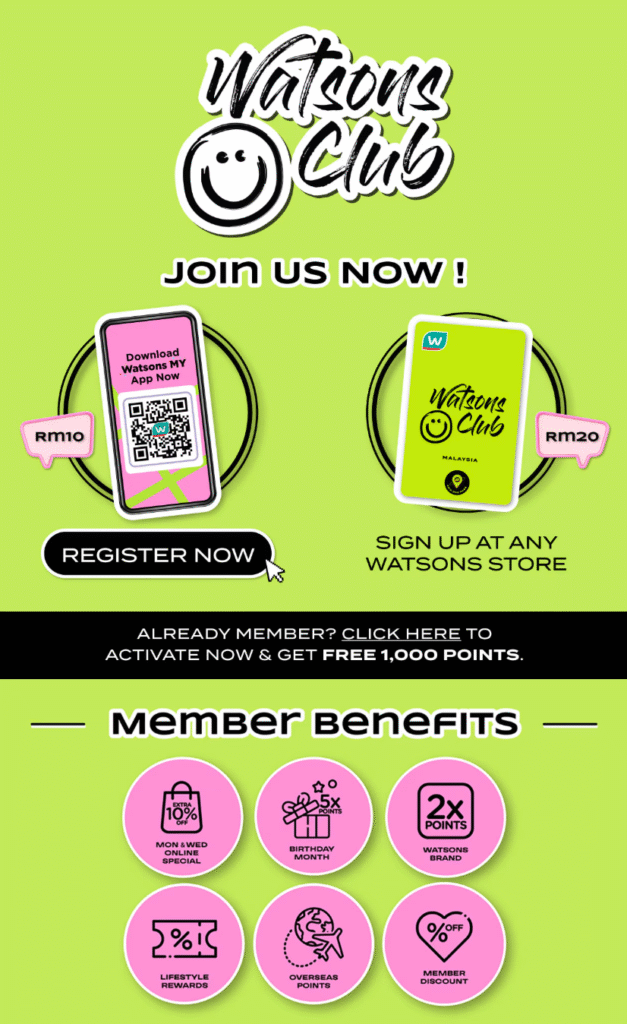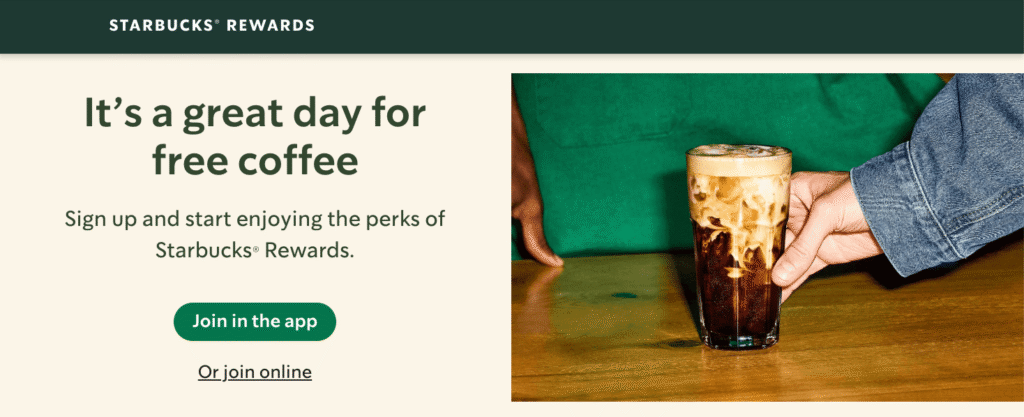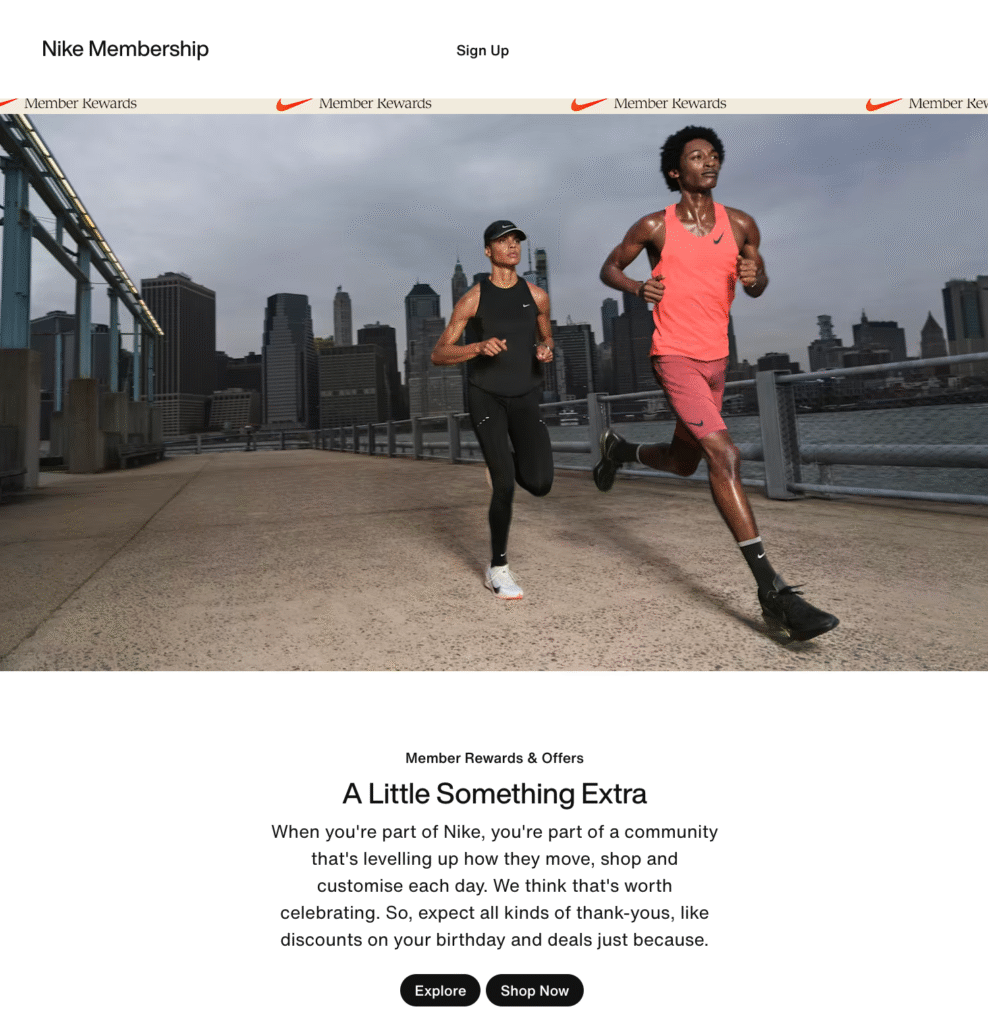Estimated Reading Time: 6 minutes

Today’s shoppers have options. If they don’t like your price, they’ll find a cheaper version online.
If they don’t like your store vibe, there’s another one down the street (with better lighting and, probably, free samples). In retail, loyalty is no longer a “nice-to-have”. It’s the difference between a one-time purchase and a lifetime customer.
That’s where loyalty programs come in. Far from being just a “buy 10, get 1 free” gimmick, modern loyalty programs are the secret weapon retailers use to keep customers coming back. And when designed right, they don’t just increase revenue—they build real connections with shoppers.
In 2025, understanding the advantages of retail loyalty is critical for any brand that wants to increase sales and stay competitive. From personalized offers to exclusive perks, these programs show customers that your brand values them… and that’s exactly what drives repeat business.
Ready to see why the smartest retailers are doubling down on loyalty programs?
Let’s break it down.
Why Loyalty Programs Are Essential in Modern Retail
The Shift from One-Time Purchases to CLV
In the past, retailers chased single transactions like trophies. But now, the real prize is CLV (Customer Lifetime Value). It’s the total revenue a customer generates over the course of their relationship with your brand. Loyalty programs are designed to stretch that relationship, ensuring that customers don’t just buy once but come back again (and again).
It’s simple math, really.
Acquiring new customers is 5-25 times more expensive than retaining existing ones.
Why keep running on the hamster wheel of acquisition when you can make existing customers love you more?
How Retailers Compete Beyond Price
Competing solely on price is a race to the bottom.
Spoiler: nobody wins that race except maybe your competitor’s accountant.
A loyalty program helps you shift the conversation away from discounts and toward value—exclusive perks, personalized offers, and experiences customers can’t get anywhere else.
That’s exactly how retailers stay competitive without constantly slashing prices.
7 Key Benefits of Retail Loyalty Programs
- Increase Customer Retention and Repeat Visits
A well-structured loyalty program gives customers a reason to return. Whether it’s collecting points, unlocking tiers, or redeeming rewards, the psychology is powerful: people love earning progress.
Example: Watsons Malaysia’s Watsons Club rewards customers with points on every purchase, which can be redeemed for discounts and exclusive deals. It’s a simple system that keeps customers walking past competitors to shop at Watsons instead.

- Boost Average Spend
Loyalty programs don’t just bring customers back. They encourage them to spend more. Shoppers are more likely to add extra items if it means hitting a reward threshold.
And during off-peak periods (like the mid-month slump when foot traffic slows), targeted loyalty promotions like “double points weekdays” or “bonus rewards for mid-month purchases” can help retailers maintain consistent sales momentum.
For example, offering “double points weekends” can nudge customers into buying that extra pair of shoes or adding a scented candle at checkout. Those small lifts add up to big results over time.
- Collect Valuable Customer Data & Insights
Here’s where loyalty programs show their real power: data.
Every swipe, scan, or click tells you something about customer preferences. Over time, this adds up to a goldmine of insights that can guide promotions, inventory planning, and even new product launches.
Tools like SimpleLoyalty make collecting and interpreting this data painless, giving you a clearer picture of your customers without having to guess.
- Enhance Personalization & Customer Engagement
Personalization is no longer optional. It’s expected.
Loyalty data allows retailers to send birthday discounts, personalized product suggestions, or early access to sales. Customers feel seen, valued, and (most importantly) more likely to shop again.
Example: Starbucks Rewards uses customer purchase history to recommend drinks you’re most likely to love. It doesn’t just feel convenient—it feels personal, which builds deeper emotional loyalty.

And let’s be honest—who doesn’t love getting a birthday voucher in their inbox?
- Differentiate Your Retail Brand from Competitors
A loyalty program is a clear statement: “We value you more than just this purchase”. That positioning separates you from competitors who treat customers like anonymous cash flow.
One powerful way to stand out is by delivering better service, not just better rewards. For instance, Nordstrom is famous for combining its loyalty program with exceptional customer service — like easy returns, personal styling, and VIP shopping events. This mix of perks and experience keeps customers loyal far beyond discounts.
In crowded retail categories, a loyalty program can be the deciding factor between a shopper choosing you or someone else.
- Provide a Seamless Omnichannel Experience
Today’s shoppers expect retailers to recognize them whether they’re online, in-store, or on mobile. Omnichannel loyalty programs connect all those touchpoints, letting customers earn and redeem rewards anywhere.
The goal is to ensure customers are loyal to your brand anywhere they go. Whether they’re buying through your app, browsing through your website, or walking into your physical store.
Example: Target Circle rewards their members no matter how or where they shop. Shoppers can earn cash-back rewards, get personalized deals, and even apply discounts seamlessly at checkout. This kind of integration keeps the experience consistent and convenient, which strengthens loyalty across every channel.

To learn more about how omnichannel loyalty works in practice, see SimpleLoyalty’s guide on How to Launch an Omnichannel Loyalty Program.
- Strengthen Long-Term Customer Relationships
At its core, loyalty is about relationships, not transactions.
A strong program makes customers feel invested in your brand’s journey. Over time, these relationships translate into not only repeat purchases but advocacy, where customers actively root for your brand’s success.
Example: Nike’s Membership program provides more than discounts. It offers access to exclusive products, training content, and events. Members feel part of something bigger than just a store, which deepens brand love and loyalty.

How Retailers Can Maximize Loyalty Program Benefits
Launching a program is one thing.
Maximizing it is another.
Here’s how retailers can get the most out of their loyalty initiatives:
- Keep rewards simple and clear: Confusing rules frustrate customers.
- Promote it everywhere: From in-store signage to social media, make sure shoppers know it exists.
- Refresh rewards regularly: Stale perks = stale engagement.
- Leverage data: Use insights to create targeted offers that feel personal.
- Partner smartly: Collaborations with complementary brands can expand your reach.
Conclusion
Loyalty programs aren’t just about points and perks. They’re about building long-lasting relationships with your customers.
Retailers who invest in loyalty today are setting themselves up for a future where customers don’t just shop with them; they stick with them.
So if you’re still on the fence, here’s the takeaway: in modern retail, loyalty isn’t optional. It’s the edge you need.
And with platforms like SimpleLoyalty making it easier than ever, there’s no better time to start.

